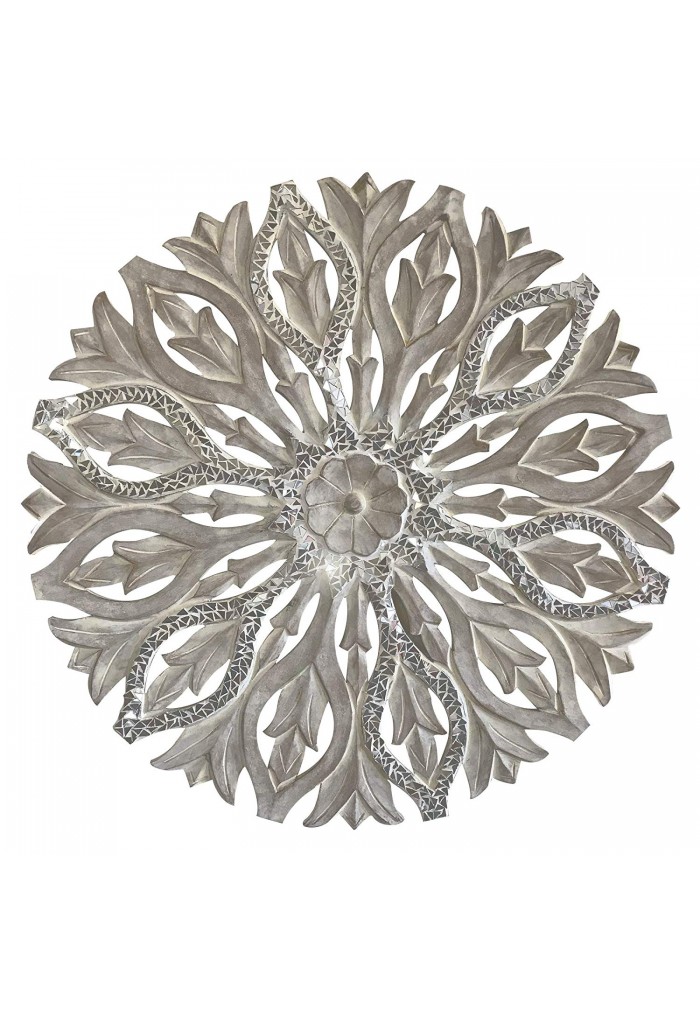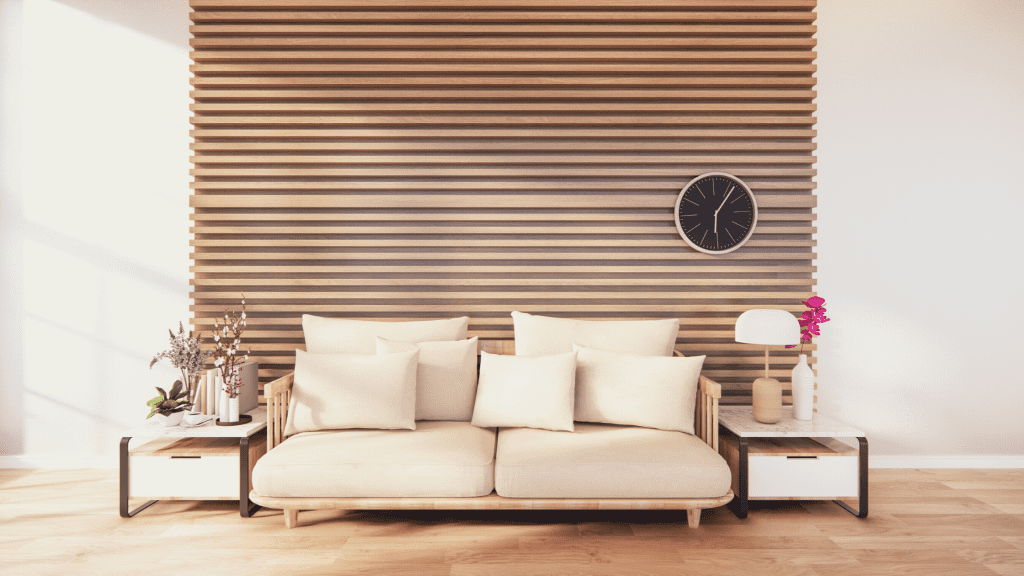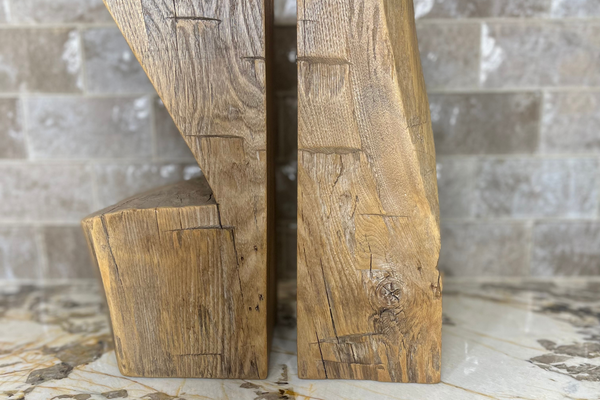Discover the charm and elegance that decorative wood accents can bring to your home. From rustic country styles to modern minimalist designs, wood accents are the perfect way to enhance your living space.
Introduction to Decorative Wood Accents
As someone who has always appreciated the warmth and character that wood brings to a home, I can tell you that decorative wood accents are a game-changer. Whether it’s a reclaimed wood feature wall, intricately carved trim, or a simple wooden shelf, these accents add depth and richness to any space. In this article, we’ll explore various types of decorative wood accents, how to use them, and the benefits they provide.
Types of Decorative Wood Accents
Understanding the different types of wood accents available can help you choose the right style for your home. Here are some popular varieties:
1. Reclaimed Wood Accents
Reclaimed wood adds a unique history and rustic charm to any room. These accents often come from old buildings, barns, or furniture, giving them a distinctive character.
2. Molding and Trim
Crown molding, baseboards, and other trims can dramatically change the look of a space. Choosing wooden trims can add warmth and a classic feel.
3. Wood Shelving
Open wooden shelves are great for displaying books, plants, and decorative items, perfect for adding both function and style.

4. Wall Panels
Wood paneling or accent walls can serve as a striking backdrop in any room. Using different woods can create a varied aesthetic, from cozy to contemporary.
5. Furniture Accents
Wood furniture pieces, such as coffee tables, side tables, and chairs with wood accents, can serve as focal points in your decor.

Benefits of Incorporating Wood Accents
Beyond aesthetics, decorative wood accents provide a range of benefits:
- Warmth and Texture: Wood brings an organic feel that softens the atmosphere of your space.
- Versatility: Wood can complement any design style, from traditional to modern.
- Durability: High-quality wood is long-lasting and can withstand years of use.
- Eco-Friendly Options: Many wood accents can be sourced sustainably, making them an eco-conscious choice.

How to Incorporate Decorative Wood Accents in Your Home
Now that you understand the types and benefits, let’s explore how to integrate these accents seamlessly into your decor.
1. Consider Your Overall Style
Take a moment to assess your existing decor. Are you leaning towards a rustic, modern, or eclectic style? This will guide your choice of wood accents.

2. Use Contrasting Textures
Mix wood accents with materials such as metal, glass, or fabric to create a balanced look. For example, a wooden coffee table paired with a sleek metal lamp can bring a dynamic contrast to your living room.
3. Focus on Scale
When adding wood accents, consider the scale of your space. Large wood pieces can serve as statement items, while smaller accents can enhance without overwhelming.

4. Layering Accents
Layering different wood tones in your decor can create visual interest. For instance, combining light and dark wood accents adds depth and richness.
5. Personal Touches
Incorporate personal items, like a handcrafted wooden frame or a family heirloom, to add character and storytelling to your space.

Comparison of Different Wood Accents
| Type of Accent | Material | Style | Maintenance |
|---|---|---|---|
| Reclaimed Wood | Reclaimed lumber | Rustic | Low; occasional treatment |
| Crown Molding | Pine, oak, or MDF | Traditional/Modern | Medium; paint/stain regularly |
| Wood Shelving | Solid wood/plywood | Contemporary | Low; dust regularly |
| Wood Furniture | Various hardwoods | All styles | Medium; polish and protect |
Pros and Cons of Decorative Wood Accents
Pros
- Adds warmth and character
- Durable and long-lasting
- Wide variety of styles and finishes

Cons
- Can be expensive depending on the wood type
- Requires maintenance to stay in good condition
- May be prone to scratches or dents in high-traffic areas
My Personal Experience with Decorative Wood Accents
When I first decorated my living room, I opted for a reclaimed wood coffee table. Not only did it serve as a conversation starter, but it also anchored the room beautifully. Over the years, I’ve added various wood accents, from shelves to artwork. Each piece has a story, and it feels rewarding to have a home that reflects my style. I encourage you to explore different wood accents; there’s a perfect fit for everyone!
Trending Ideas for Decorative Wood Accents in 2023
As design trends evolve, so do the ways we use wood accents in our homes. Here are some of the current trends:
1. Mixed Wood Tones
Combining various wood tones for a layered look is all the rage. It adds depth and character to any space.
2. Geometric Wood Shelves
Unique, geometric shelving designs are a stylish way to display decor items while maximizing wall space.
3. Sustainable Woods
Eco-friendly materials are becoming increasingly popular. Many homeowners are opting for sustainably sourced wood accents.
Frequently Asked Questions (FAQs)
What types of wood are best for decorative accents?
Some popular choices include oak, maple, walnut, and pine. Each type offers a unique grain and color that can complement various decor styles.
How can I maintain my wood accents?
Regularly dust your wood accents and use a suitable wood polish or cleaner as needed. Avoid excessive moisture to prevent warping.
Can I use wood accents in a small space?
Absolutely! Small wood accents, like a floating shelf or a small side table, can add warmth without overcrowding the space.
Are wood accents suitable for outdoor spaces?
Yes, using treated wood or weather-resistant finishes can make for excellent outdoor decorative accents. However, maintenance is crucial to ensure longevity.